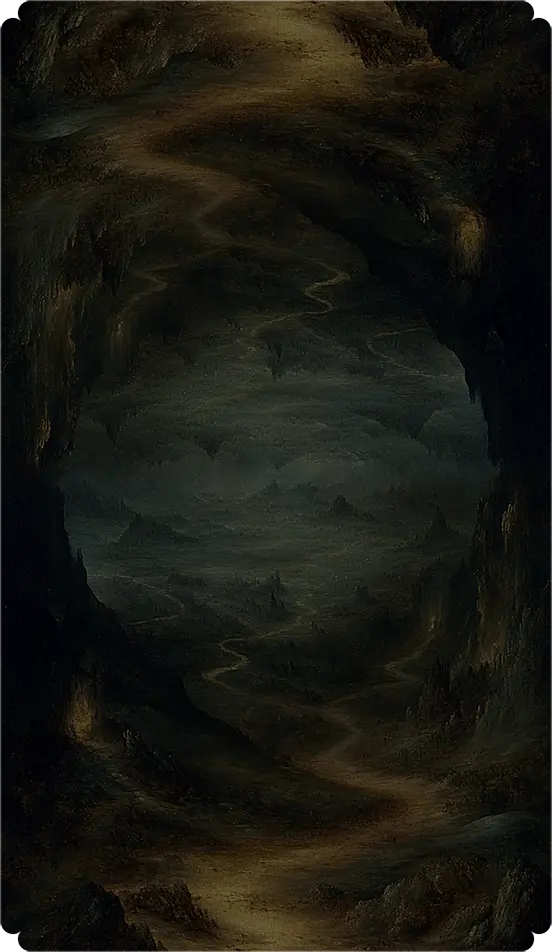III.
The Empress
General Description
The Empress radiates abundance, creativity, and nurturing energy. Often depicted seated in a lush, fertile landscape with a crown of twelve stars, she represents the harmony between nature and the cosmos. Her robe is adorned with pomegranates, symbolizing fertility and life’s richness. As the embodiment of the divine feminine, The Empress encourages growth, creation, and connection with the natural world. She is a reminder to embrace love, beauty, and the nurturing aspects of life, whether in relationships, projects, or self-care.
Cultural Significance
The Empress is a universal symbol of motherhood and creation, echoing figures like Demeter, the Greek goddess of harvest, and Gaia, the personification of Earth. She represents the cycles of life and the nurturing forces that sustain existence. In artistic traditions, The Empress has often been likened to Venus, the Roman goddess of love and beauty, emphasizing themes of attraction, harmony, and creativity. Her connection to nature and fertility underscores the importance of living in alignment with the rhythms of the earth.
Trivia
The flowing wheat at her feet symbolizes abundance, nourishment, and harvest.
The Empress is linked to Venus, the planet of love, beauty, and sensuality.
Her throne is often surrounded by a lush garden, signifying the abundance of life and the rewards of nurturing efforts.
III.
The Empress
General Description
The Empress radiates abundance, creativity, and nurturing energy. Often depicted seated in a lush, fertile landscape with a crown of twelve stars, she represents the harmony between nature and the cosmos. Her robe is adorned with pomegranates, symbolizing fertility and life’s richness. As the embodiment of the divine feminine, The Empress encourages growth, creation, and connection with the natural world. She is a reminder to embrace love, beauty, and the nurturing aspects of life, whether in relationships, projects, or self-care.
Cultural Significance
The Empress is a universal symbol of motherhood and creation, echoing figures like Demeter, the Greek goddess of harvest, and Gaia, the personification of Earth. She represents the cycles of life and the nurturing forces that sustain existence. In artistic traditions, The Empress has often been likened to Venus, the Roman goddess of love and beauty, emphasizing themes of attraction, harmony, and creativity. Her connection to nature and fertility underscores the importance of living in alignment with the rhythms of the earth.
Trivia
The flowing wheat at her feet symbolizes abundance, nourishment, and harvest.
The Empress is linked to Venus, the planet of love, beauty, and sensuality.
Her throne is often surrounded by a lush garden, signifying the abundance of life and the rewards of nurturing efforts.
III.
The Empress
General Description
The Empress radiates abundance, creativity, and nurturing energy. Often depicted seated in a lush, fertile landscape with a crown of twelve stars, she represents the harmony between nature and the cosmos. Her robe is adorned with pomegranates, symbolizing fertility and life’s richness. As the embodiment of the divine feminine, The Empress encourages growth, creation, and connection with the natural world. She is a reminder to embrace love, beauty, and the nurturing aspects of life, whether in relationships, projects, or self-care.
Cultural Significance
The Empress is a universal symbol of motherhood and creation, echoing figures like Demeter, the Greek goddess of harvest, and Gaia, the personification of Earth. She represents the cycles of life and the nurturing forces that sustain existence. In artistic traditions, The Empress has often been likened to Venus, the Roman goddess of love and beauty, emphasizing themes of attraction, harmony, and creativity. Her connection to nature and fertility underscores the importance of living in alignment with the rhythms of the earth.
Trivia
The flowing wheat at her feet symbolizes abundance, nourishment, and harvest.
The Empress is linked to Venus, the planet of love, beauty, and sensuality.
Her throne is often surrounded by a lush garden, signifying the abundance of life and the rewards of nurturing efforts.



